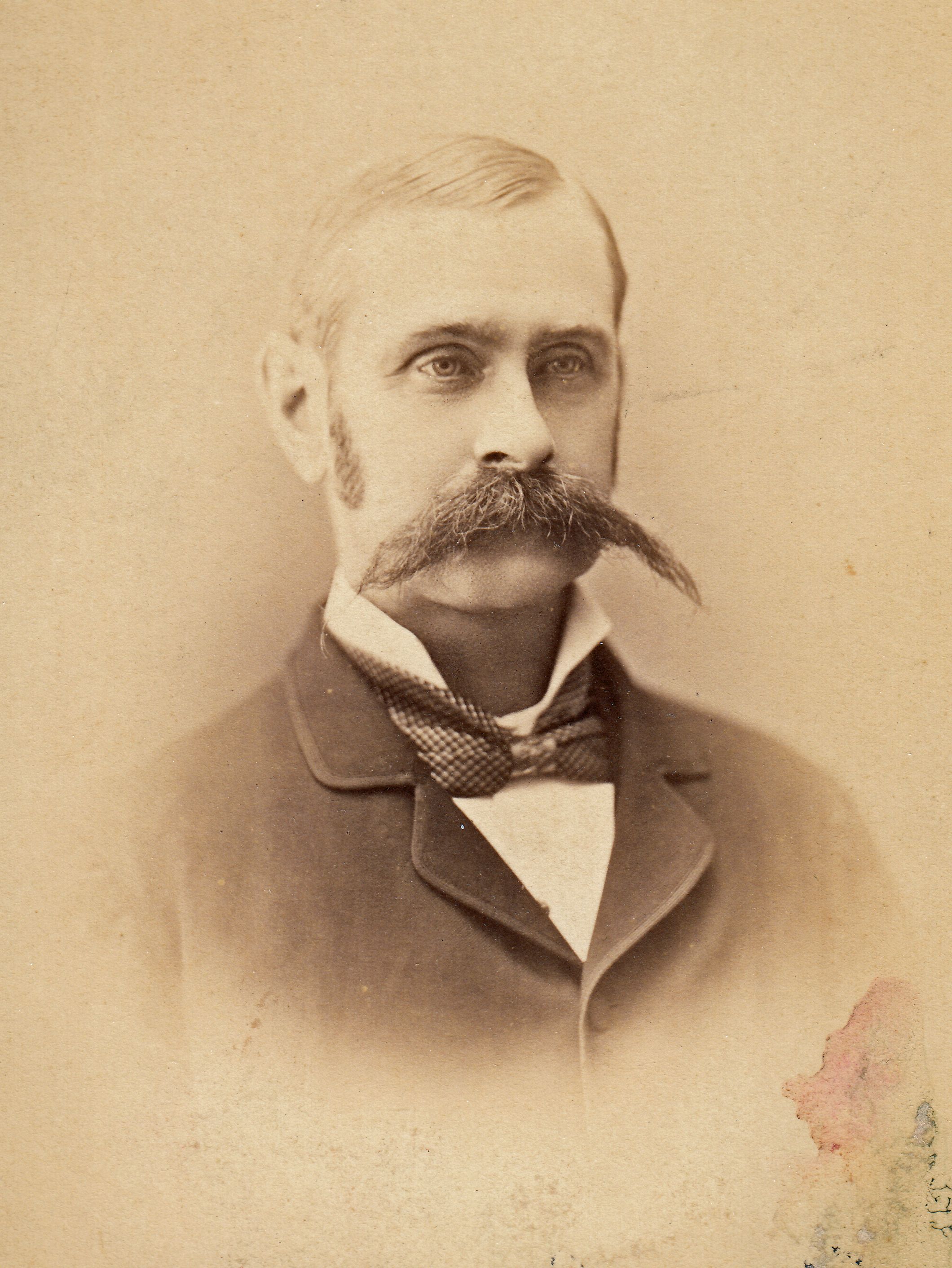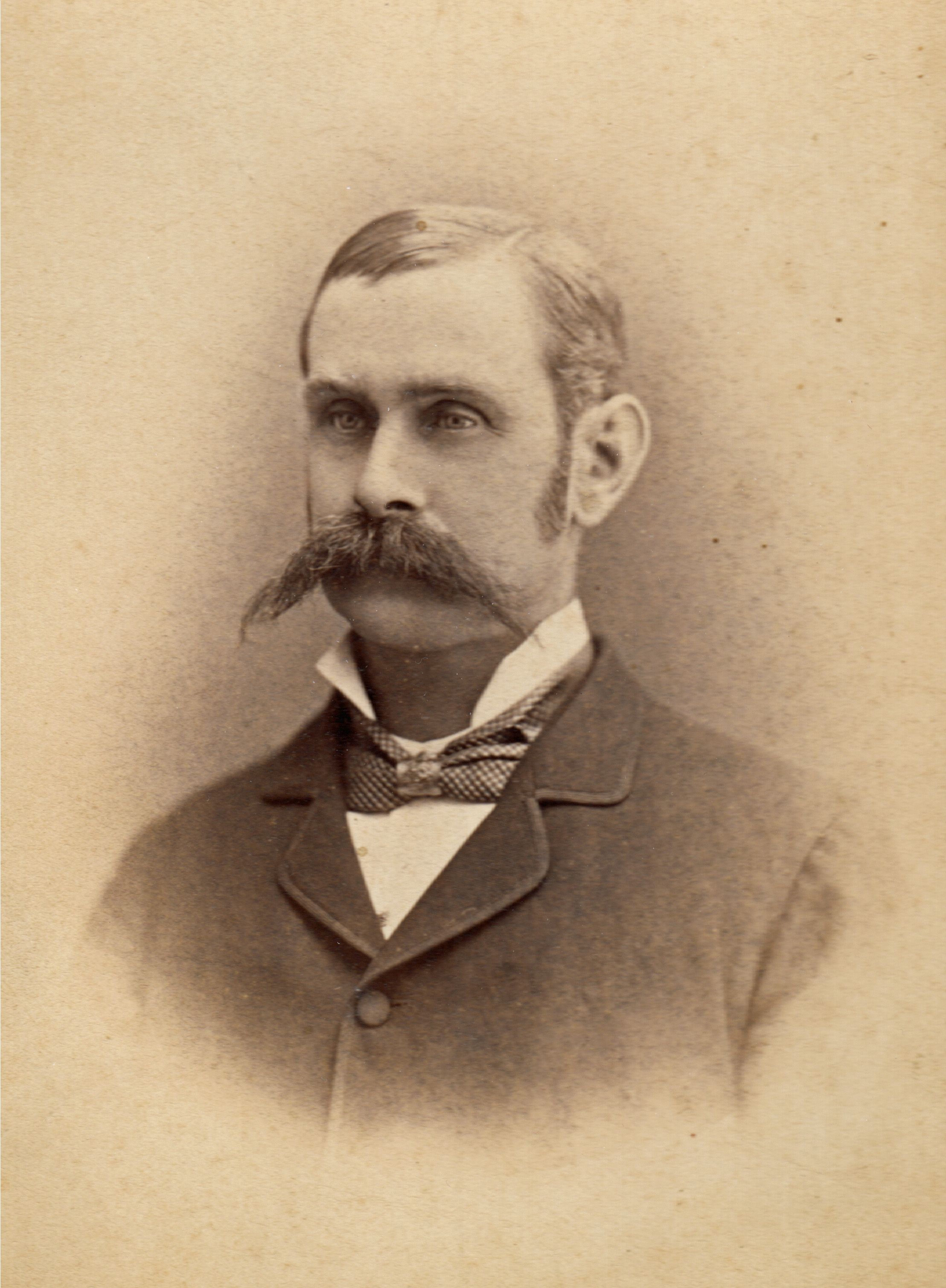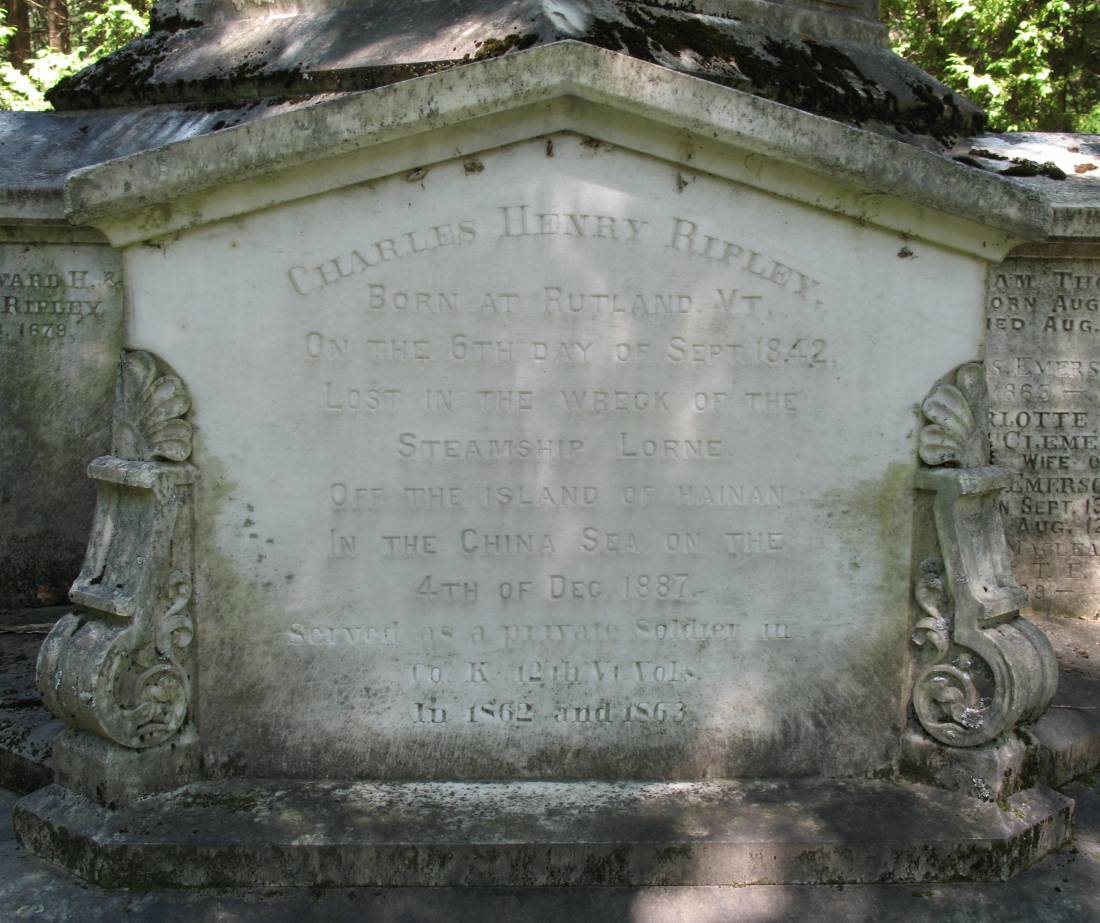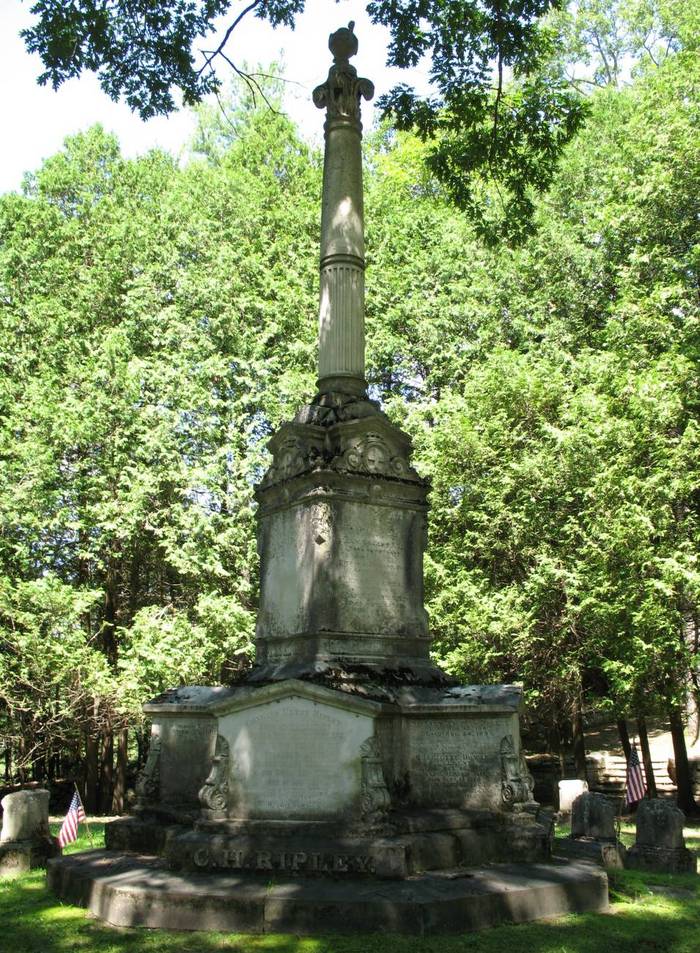Company K
12th Vermont Volunteers.
Sam Elliott has nothing on this impressively mustachioed character, one of the early stockmen of Bent County, Colorado Territory.
Charles Henry Ripley was born at Rutland, Vermont in 1842, the youngest son of Jane and William Young Ripley. W.Y. Ripley amassed a fortune operating the first marble quarry and mill in the area. He would eventually become president of the Rutland County National Bank and built Rutland’s first opera house. William’s eldest sons would both serve as colonels in the Civil War, one earning a Medal of Honor, and they took over the marble business in 1865. Daughter Julia Ripley Dorr was a well-known poet, novelist and travel writer.
Son Charles was an indifferent student and left Schenectady, New York’s Union College in 1862 to follow his older brothers into the Union army. He went his own way, however, enlisting as a private in a nine-month regiment, the Twelfth Vermont Infantry, which mostly performed guard duty in northern Virginia and Maryland. Upon the expiration of his service, he returned to college, graduating in 1865.
The Vermont governor appointed the eldest Ripley brother, William, commander of the state militia, and looking after his kid brother, he commissioned Charles an aide on his staff. Thus did the short-time private acquire the title of captain that he would carry west.
Seeing Charley as something of a charming dreamer and idler, the family alternated between attitudes of tough love and solicitous assistance. He had also developed something of a drinking problem. After five years chafing at his brothers’ oversight at the mill, he decided to strike out on his own, far from Vermont.
His own share of the marble business was considerable. So, not long after Phil Sheridan’s 1868-1869 campaigns against the Cheyenne, Kiowa and Comanche, Ripley purchased a ranch in Bent County, Colorado Territory and some of Vermont’s and New York’s finest shorthorn cattle and Merino sheep to breed for the beef and wool trades. The Ripley spread, known as “The Meadows”, was not large; from the federal government he bought 160 acres south of the Arkansas River, a few miles below Fort Lyon. His stone house became the post office—and Captain Ripley the postmaster—for the rapidly populating valley. With the coming of the railroad, he shipped stock in and out, but by the late 1870s he was in financial trouble. The scale of his operation was just too small to make a profit once competition and the costs of shipping figured in, and a series of reverses made him give up the business in 1879 and leave for the Orient.
Hopping a tramp steamer to Yokohama, Charley explored Meiji Japan before setting up household in Tokyo, immersing himself in the ways of the East. The cabinet card photographs seen here were taken March 10, 1883 in the Yokohama studio of Suzuki Shin'ichi, and Ripley may have brought them home to Vermont on a final visit in 1886. Other trips were made to the Asian mainland, and it was on his return from India and Siam that he took passage on a decrepit freighter, the “Lorne”, at Saigon. On the night of December 3, 1887, the ship struck a rock off the southeast coast of Hainan Island and sank with nearly all hands. Charley Ripley managed to hold onto debris for perhaps thirteen hours before being swallowed by the frigid waters of the South China Sea, as related by the sole survivor, picked up after thirty hours. His body was never recovered, but he is remembered on the family monument in Evergreen Cemetery, Rutland.
Company K
12th Vermont Volunteers.
Sam Elliott has nothing on this impressively mustachioed character, one of the early stockmen of Bent County, Colorado Territory.
Charles Henry Ripley was born at Rutland, Vermont in 1842, the youngest son of Jane and William Young Ripley. W.Y. Ripley amassed a fortune operating the first marble quarry and mill in the area. He would eventually become president of the Rutland County National Bank and built Rutland’s first opera house. William’s eldest sons would both serve as colonels in the Civil War, one earning a Medal of Honor, and they took over the marble business in 1865. Daughter Julia Ripley Dorr was a well-known poet, novelist and travel writer.
Son Charles was an indifferent student and left Schenectady, New York’s Union College in 1862 to follow his older brothers into the Union army. He went his own way, however, enlisting as a private in a nine-month regiment, the Twelfth Vermont Infantry, which mostly performed guard duty in northern Virginia and Maryland. Upon the expiration of his service, he returned to college, graduating in 1865.
The Vermont governor appointed the eldest Ripley brother, William, commander of the state militia, and looking after his kid brother, he commissioned Charles an aide on his staff. Thus did the short-time private acquire the title of captain that he would carry west.
Seeing Charley as something of a charming dreamer and idler, the family alternated between attitudes of tough love and solicitous assistance. He had also developed something of a drinking problem. After five years chafing at his brothers’ oversight at the mill, he decided to strike out on his own, far from Vermont.
His own share of the marble business was considerable. So, not long after Phil Sheridan’s 1868-1869 campaigns against the Cheyenne, Kiowa and Comanche, Ripley purchased a ranch in Bent County, Colorado Territory and some of Vermont’s and New York’s finest shorthorn cattle and Merino sheep to breed for the beef and wool trades. The Ripley spread, known as “The Meadows”, was not large; from the federal government he bought 160 acres south of the Arkansas River, a few miles below Fort Lyon. His stone house became the post office—and Captain Ripley the postmaster—for the rapidly populating valley. With the coming of the railroad, he shipped stock in and out, but by the late 1870s he was in financial trouble. The scale of his operation was just too small to make a profit once competition and the costs of shipping figured in, and a series of reverses made him give up the business in 1879 and leave for the Orient.
Hopping a tramp steamer to Yokohama, Charley explored Meiji Japan before setting up household in Tokyo, immersing himself in the ways of the East. The cabinet card photographs seen here were taken March 10, 1883 in the Yokohama studio of Suzuki Shin'ichi, and Ripley may have brought them home to Vermont on a final visit in 1886. Other trips were made to the Asian mainland, and it was on his return from India and Siam that he took passage on a decrepit freighter, the “Lorne”, at Saigon. On the night of December 3, 1887, the ship struck a rock off the southeast coast of Hainan Island and sank with nearly all hands. Charley Ripley managed to hold onto debris for perhaps thirteen hours before being swallowed by the frigid waters of the South China Sea, as related by the sole survivor, picked up after thirty hours. His body was never recovered, but he is remembered on the family monument in Evergreen Cemetery, Rutland.
Family Members
Advertisement
Explore more
Sponsored by Ancestry
Advertisement















